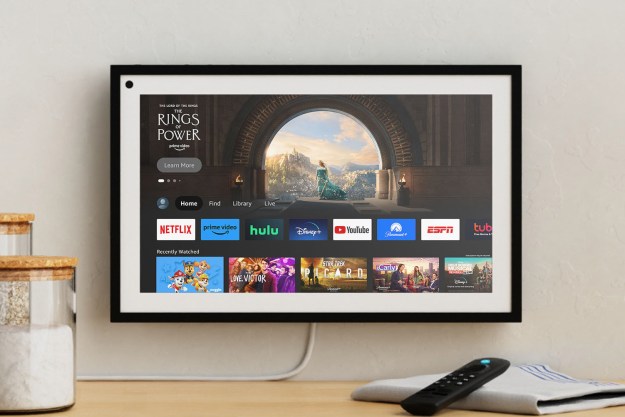
Market research firm The Diffusion Group has published a new study in which it forecasts expenses for digital home entertainment will peak in 2008—and decline rapidly after 2012—as competition and commoditization level the market. And moreover, TDG predicts service and franchise operators will be the big winners in the long run.
“The majority of digital home entertainment service revenue will continue to be controlled by ‘clustered’ service providers such as Comcast and Verizon,” notes Dr. Predrag Filipovic, author and director of TDG’s Digital Home Solutions group, in a release. “Although consumers will have more choice in terms of the providers they use for specific entertainment services, only a small share of the revenue and profit pool will shift to alternative or non-facility-based providers.”
In a nutshell, Filipovic forecasts that the deployment of broadband and in-home networkng will create a shift towards in-home digital media architectures that aren’t controlled by franchise operators and so-called “incumbent” service providers like cable companies and telcos—that’s how services like Apple’s iTunes, Amazon Unbox, and Netflix can get into digital households. However, these developments will, in turn, spur the incumbent providers to offer a wider array of bundled services which have a lower cost to customers than individual services from external providers. Filipovic claims the market is already seeing the impacts of service bundling, as incumbent operators are able to attract customers with bundled services, and seem to be able to hold on to them, as the “churn” rates of subscribers to bundles services is lower than for individual services.
Filipovic does see independent service operators holding a “small but respectable” niche of digital home entertainment revenue from 2008 through 2011, in part by sapping market share from traditional video purchase and rental operations like Blockbuster.
Editors' Recommendations
- SimpliSafe is now using AI to prevent burglars from entering your home
- Blink sale: Up to 42% off home security cameras and video doorbells
- Go smart or go home: Amazon’s Echo Show 8 smart display is $50 off
- Google rolls out new Nest Cam features to Google Home for web
- Eufy sale: Get up to $420 off home security camera bundles

